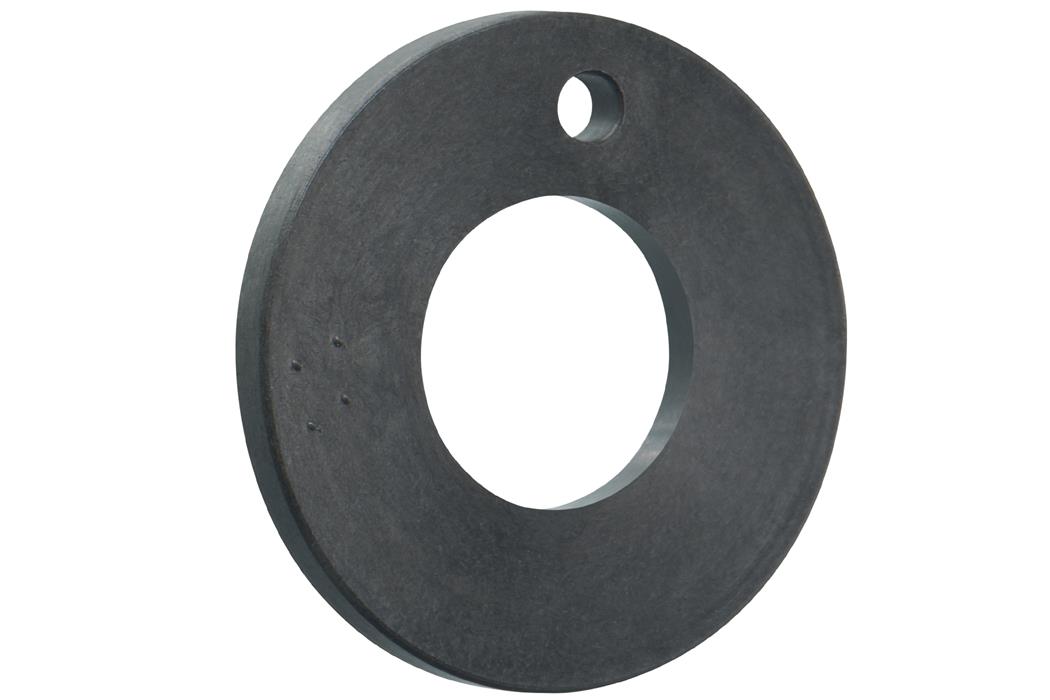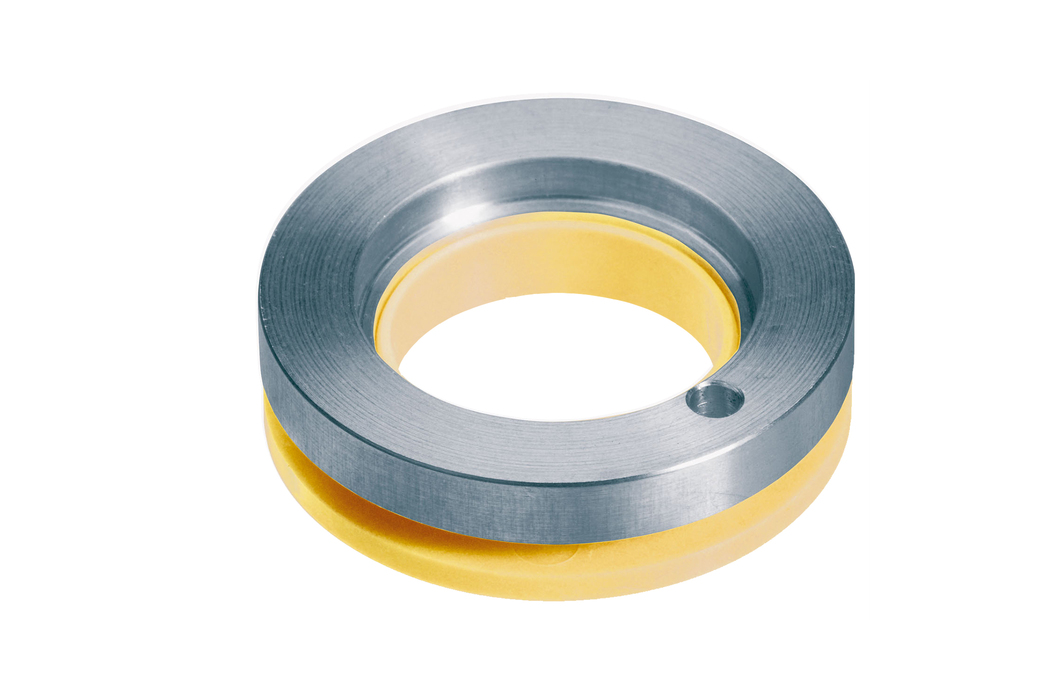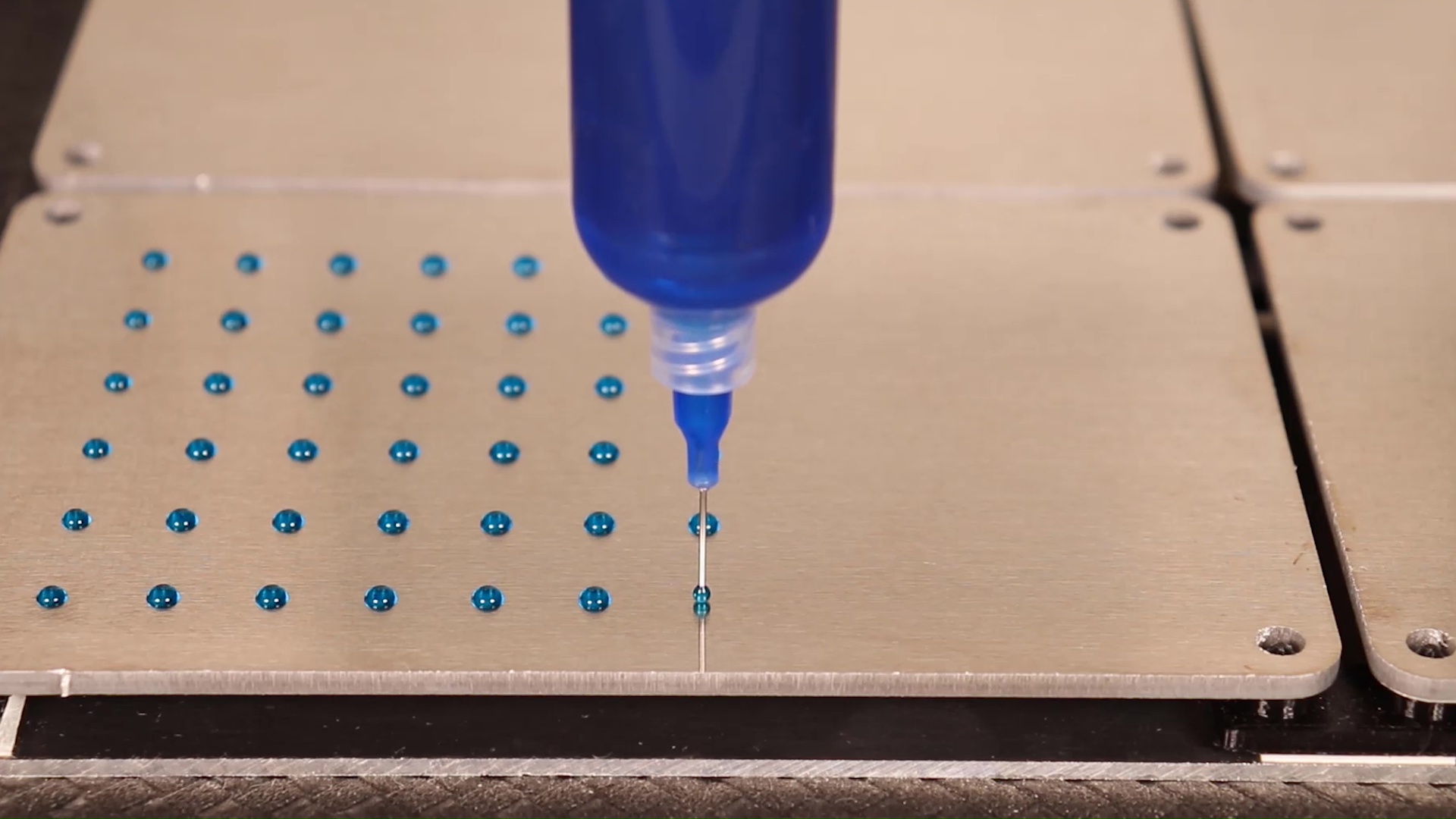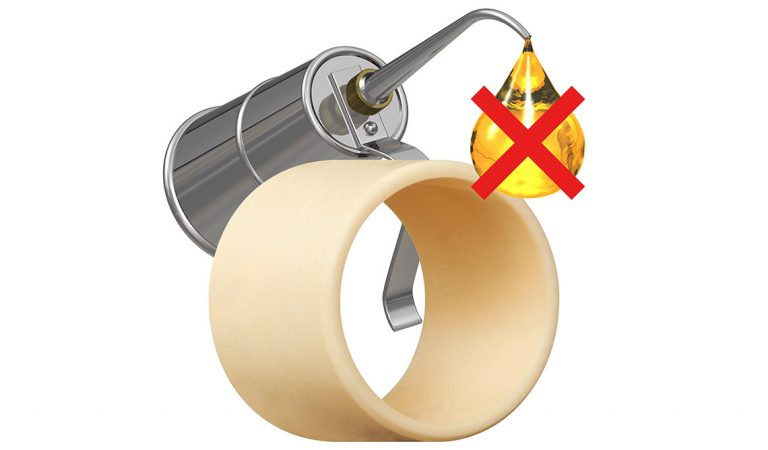Axial Bearings: 2 Cost-Effective Alternatives
The classic bearing taught about from mechanical engineering textbook simply describes solutions like a plain bearing on a shaft, or a needle bearing that is supported in a radial direction. However, what if the bearing has to be supported axially within a machine or system? These days, it’s all too common that bolts or rods ends need axial support or to be flexibly supported in a vertical position and many bearing manufacturer’s provide what are called “thrust bearings”. Although these thrust bearings are available in a wide variety of variations, from axial ball bearings to axial needle bearings, these solutions have the same pitfalls as their “radial” counterparts—they consist of too many individual parts that require constant lubrication and cannot tolerate dirt or moisture. Fortunately, there are inexpensive alternatives that are often just as viable, if not more so.
Plastic Thrust Washers—Making it Easy
The simplest solution is usually the best so why choose a complex component with various moving and wearing components when there is an option that does not involve any moving parts and does not require additional lubrication or other maintenance? Often, that’s just a simple thrust washer made of plastic. In general, plastics may not be as resistant in many respects as metallic parts, but this doesn’t need to be the case.

The mechanical-strength value ??of steel may be quite high, but it can still be exploited within ball and roller bearings. Additionally, the need for lubrication creates a massive disadvantage since any relative movement lacking lubrication would have to be avoided or else wear and noise would occur. High-strength plastics, especially those optimized for friction coefficients and wear resistance, such as those from iglide®, demonstrate a massive advantage in these particular areas. Also, due to the flexibility of the materials, there are solutions any special requirements, such as extreme temperatures or food safety
The advantage is clear—a simple thrust washer as an axial bearing, consisting of a dry-running and highly wear-resistant material has tremendous benefits when compared to traditional metal. With simple installation and long service life, you not only save costs quickly and easily in regard to procurement, but also sustainably in the maintenance and care of the machine. At the same time, you also save weight, which can increase your energy efficiency (or, depending on the application, the ergonomics) of the entire assembly.
Axial Plain Bearings—Ideal for Awkward Sliding
One of the disadvantages for thrust washers is that unlike axial ball or roller bearings, the relative movement has to take place between the thrust washer and the shaft, or the moving components. Regardless of whether the wear occurs on the surface of the thrust washer as predicted, this wear still depends heavily on the frictional surface properties of the other components, for example—plain bearing materials that are softer than their counterparts should always be selected. A glass fiber reinforced plain bearing material tends to “smoothly grind” on softer steels. Therefore, it is better to use a plastic that is as "soft" as possible. However, if a counterpart with a relatively galvanized rough surface is moved against a soft plastic bearing, it will rub the plastic away very quickly.
This may sound complicated, but in reality, this is quite rare. On the one hand, there are a large number of adaptable plain bearing materials, and on the other hand, there are appropriate aids in the worst case—such as our iglide® plain bearing calculator or expert advice.
Another possible alternative are so-called “axial plain bearings”—starting to notice some common terminology? iglide® axial plain bearings consist of two rings, which together form a pre-coordinated and optimized system of frictional counterparts. This forces the relative motion to only take place within the component, and not between the shaft or housing and the bearing. This can also help save costs and reduce weight by eliminating lubrication and maintenance, and by simplifying the construction of the component.

Are These the Right Alternative For You?
Now that we have discussed some of the better axial bearing alternatives available to you, you are probably asking yourself, “are these the right solutions for my system or application?”. Let our bearing experts help you select the ideal bearing shape and material to ensure that your system runs as efficiently, and as long, as possible.
To speak with an iglide® Plain Bearings Expert, please do not hesitate to contact our iglide® Product Manager.



